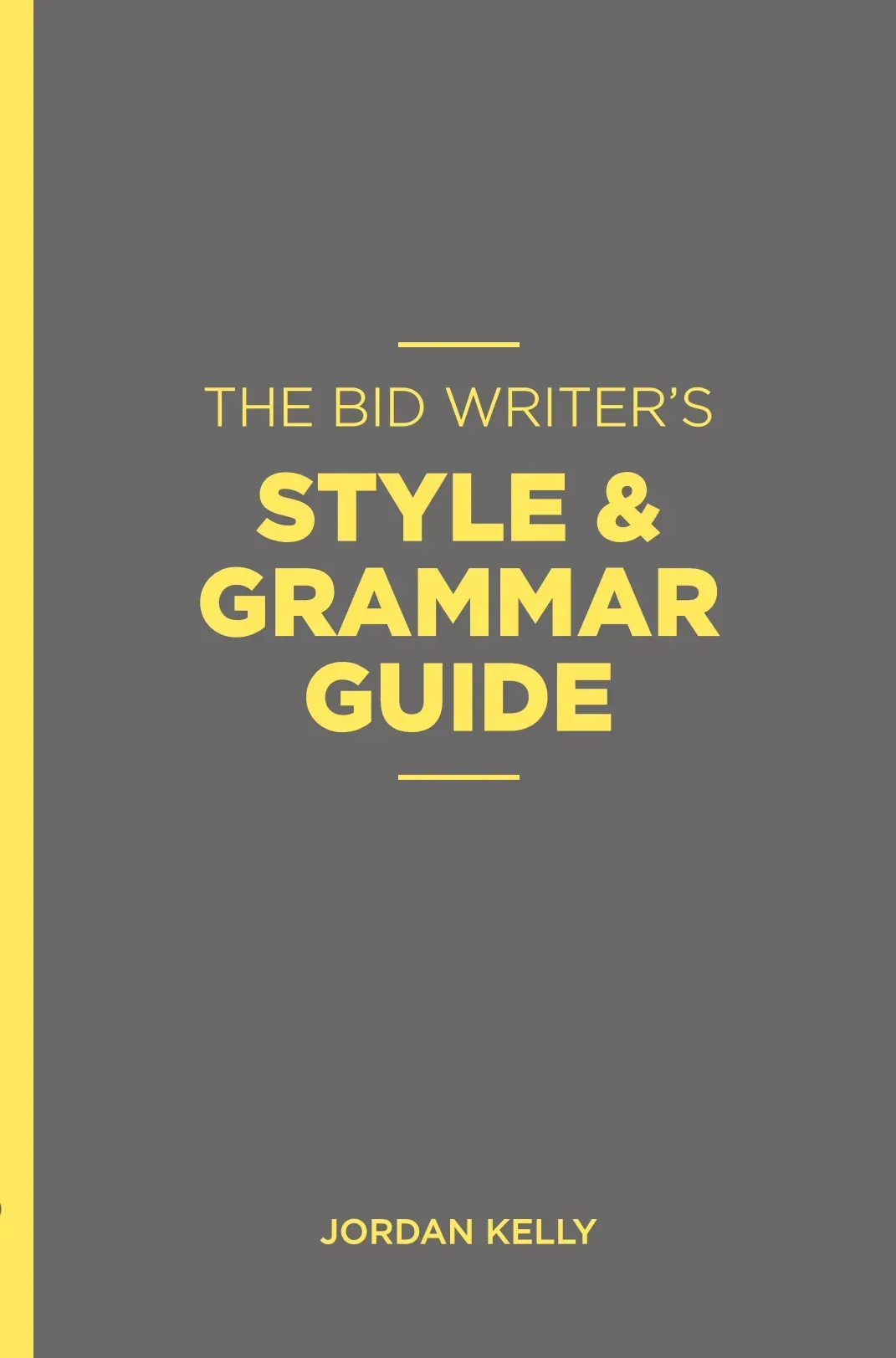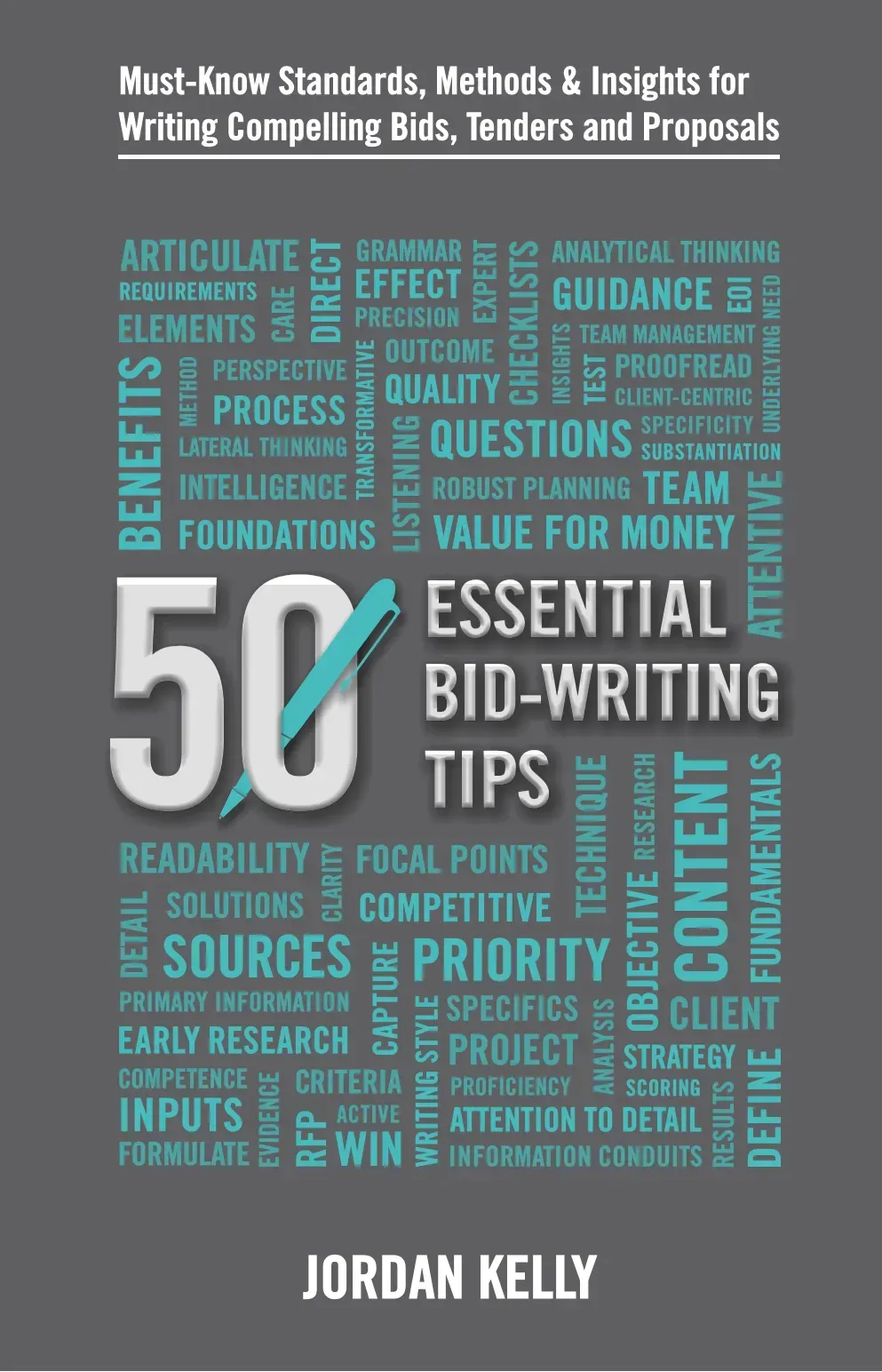CATEGORIES:

Let me share with you a communique I received in recent times from a website developer vying to take over my business from my existing service provider.
(You’ll be wondering what this has to do with high-value bids and pursuits, but bear with me.)
The degree of said communique’s un-interpretability was mind-blowing and, unfortunately, not at all rare when technical professionals attempt to communicate with their less technologically-adept clients and prospective clients.
The email was the culmination of an urgent and frustrating weekend’s search for a website developer who could step in and facilitate a conversation with a software supplier’s support desk staff (who, in turn, couldn’t speak in plain English):
Read It & Weep
Here it is:
“I understand and that being the case I offer you work through your problem via the Knowledgebase (sic) that you’re already familiar with and Live Chat on Monday.
“(Software brand) itself is a premier platform, if anything I think the problem is that (sic) allows the website owner to ‘drink from the fire hose’ i.e. it is a very sophisticated, complex solution that offers so many features and is more like an enterprise-level CMS.”
Now, you could be forgiven for assuming this developer was based in Romania, India, the Philippines or some other part of the non-English-speaking world.
Actually, he’s based in regional New South Wales, Australia.
Consider This
I’m going to ask you to consider just two things. (But first, I’ll set the scene by letting you know that I made abundantly clear to this developer that I had minimal technological know-how – which is why I needed assistance.)
1) How desperately out of options would I have needed to be to embark on a relationship with a service provider whose emails I couldn’t understand a word of?
2) Is it conceivable that, when your technical people are dealing directly with clients and prospective clients, they may be talking to people insufficiently conversant with the technology in question to decipher their jargon?
Magnified Implications in the Bidding Arena
These issues take on a heightened dimension in the bidding arena.
One critical mistake many ICT bidders make is not taking into account the fact that evaluation teams frequently include members with non-ICT backgrounds. When bids fail to communicate in what is at least moderately understandable language then, all else being equal, the proponent in question wins far less favour than the bidder that demonstrates the consideration of communicating in plain English – or that takes the time to explain the necessary technicalese.
And that’s at best.
At worst, the confusion that’s seeded pushes the evaluator towards simpler and more readily understandable options.
Understand the Distinction Between A Technology Need & A Business Need
The first step in ensuring that the content of an Expression of Interest (EOI), Request for Proposal (RFP) or Request for Tender (RFT) response is couched to hit a home run with the evaluators, is to understand the distinction between a technology need and a business need.
A bidder’s technology is nothing more than the thing the customer needs to solve a problem or to meet a business need.
It’s up to the bidder to demonstrate a clear appreciation of the business requirement for which the technology is being evaluated as the possible enabler – and to communicate that appreciation in the clearest, simplest English possible.
50 ESSENTIAL BID-WRITING TIPS
Must-Know Standards, Methods & Insights for Writing Compelling Bids, Tenders and Proposals
(Book)
Intentional successful bids are guided by a strategy that is well-researched, customer-centric / client-centric, substance-based, savvily-formulated, and documented in detail.
It is the bid writer's job to ensure that strategy (the primary – but not exclusive – role of which is to address all known selection criteria) is then articulated clearly, consistently and compellingly throughout every section of the proposal.
Available individually or as a 6-pack (6 books for the price of 5).
THE BID WRITER'S STYLE & GRAMMAR GUIDE

(Book)
Your organisation’s credibility hangs on the quality of your writing and the standards it reflects.
Used diligently, this 196-page, high-quality paperback production will ensure the highest degree of grammatical diligence in your submissions, along with a consistent, professional writing style throughout.
Available individually or as a 6-pack
(6 for the price of 5).



